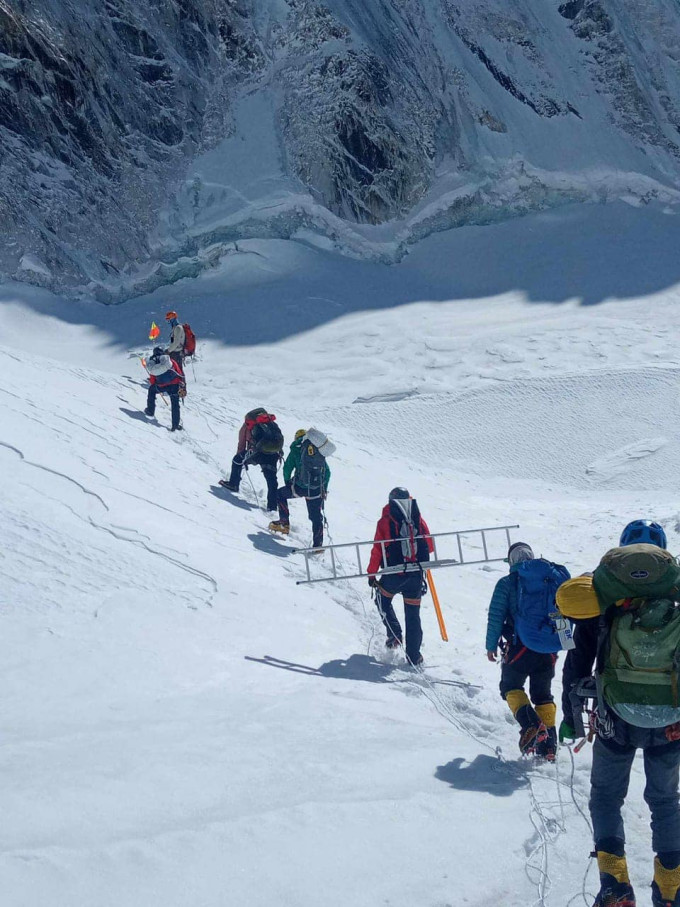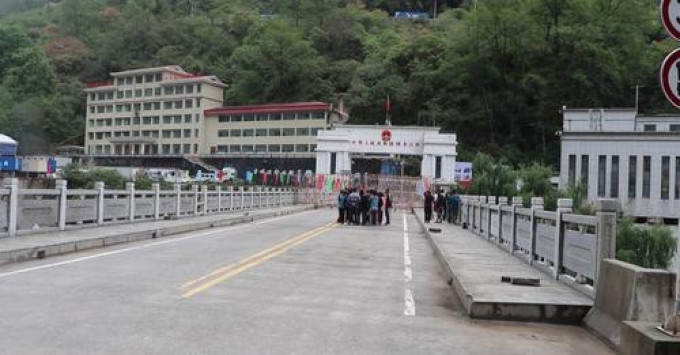Researchers emphasize the quick and dramatic changes occurring in the Amazon as a result of growing human activities in two distinct reviews. They examine what is known about the drivers and consequences of the region's continuous deforestation and landscape degradation, as well as what needs to be done to avoid the worst results.
The Amazon rainforest is one of the most important yet endangered main ecosystems on the planet. It supports almost one-third of all known species and provides critical global ecosystem services that help regulate the planet's carbon and water cycles.
However, modern agricultural and industrial activities, as well as broader anthropogenic climate change, are deteriorating Amazonian habitats at an unprecedented rate.
Teetering on the brink of irreversible change, continuous forest loss threatens to drive the Amazon above a crucial threshold, with far-reaching consequences for the entire Earth system.
In one Review, James Albert and colleagues summarize key findings from the 2021 Science Panel for the Amazon (SPA) Assessment Report, demonstrating how human activities such as regional deforestation are changing Amazonian ecosystems hundreds to thousands of times faster than any naturally occurring climatic or geological phenomenon has in the past - far too quickly for Amazonian species, peoples, and ecosystems to adapt.
According to Albert et al., transformative policy actions are required to prevent these outcomes and reduce the global economy demands that largely drive deforestation. "As we approach an irreversible tipping point for Amazonia, the global community must act now. Policies to prevent the worst outcomes have been successfully identified; implementation is only a matter of leadership and political will," write Albert et al. "To fail the Amazon is to fail the biosphere, and we fail to act at our own peril."
In a second Review, David Lapola and colleagues evaluate the proximate and underlying drivers and consequent impacts of Amazon forest degradation. While most analyses of land use and land-cover change in tropical forests have centred on the causes and effects of deforestation, Lapola et al. focus on other, lesser-studies anthropogenic disturbances, including fire, habitat fragmentation, selective logging, and extreme drought due to human-induced climate change.
According to the authors, roughly 2.5 million kilometres of the Amazon forest (roughly 38 per cent of all remaining forests in the region) are currently degraded by these impacts. Carbon emissions from this degradation are equal to, if not greater, than emissions from deforestation and will remain a dominant source of carbon emissions regardless of deforestation rates. As a result, Lapola et al. argue that not only are deforestation policies needed but they must also be complemented with measures to address the disturbances that degrade the Amazon environment.
READ ALSO:










